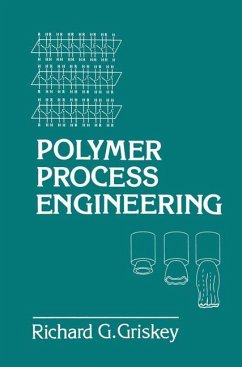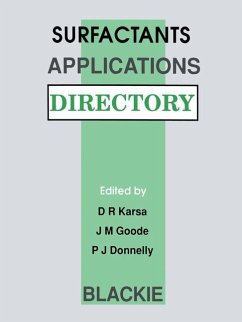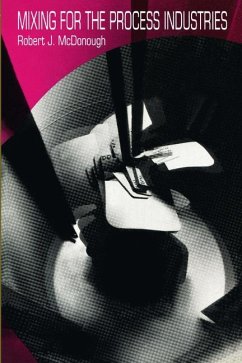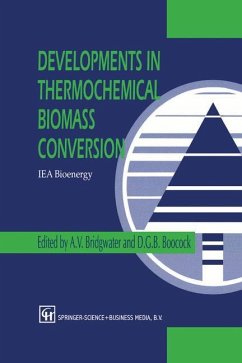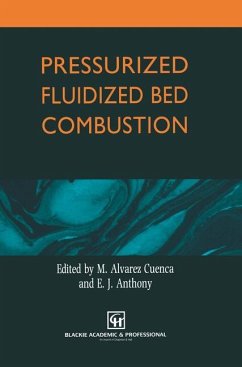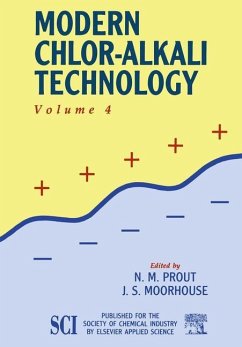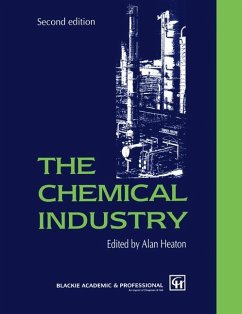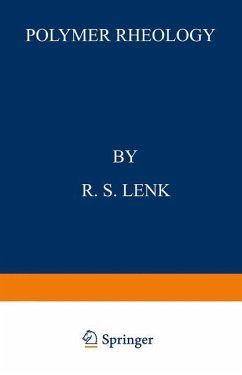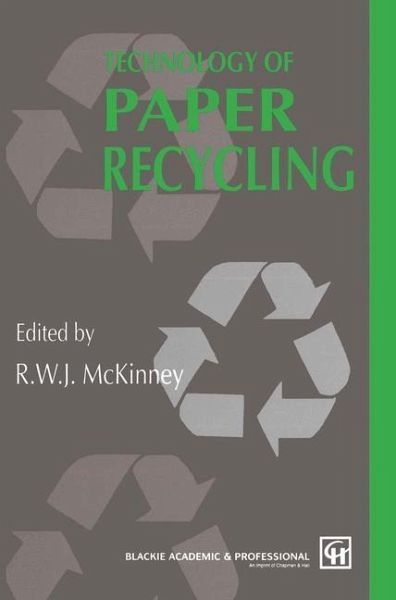
Technology of Paper Recycling
Versandkostenfrei!
Versandfertig in 1-2 Wochen
153,99 €
inkl. MwSt.

PAYBACK Punkte
77 °P sammeln!
This book covers the technology of the recovery of secondary fibre for its use in paper and board manufacture. The editor, who has had substantial practical experience of designing and commissioning paper recycling plants all over the world, leads a team of experts who discuss subjects including sourcing, characterisation, mechanical handling and preparation and de-inking.



